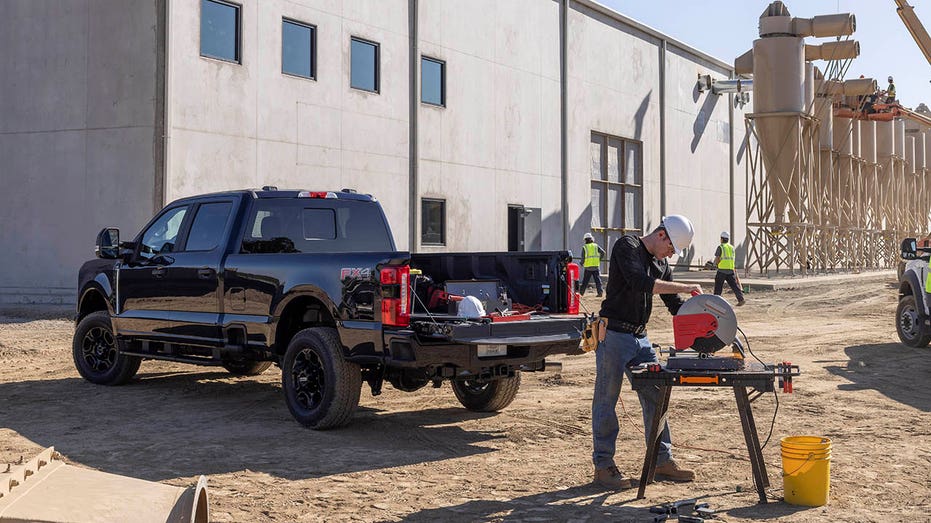
Outlet malls have been an American staple for shoppers since the 1930s. But they’re not doing as well as they once were.
Historically, outlets were attached to the factories where apparel was made, selling out-of-season, overrun or faulty merchandise at a discount to employees.
Soon enough, they expanded to the general public and became a favored destination for Americans seeking deals on beloved brands. In 2023, the U.S. outlet industry was a $64.9 billion industry, with 342 centers spread across the nation, according to IBISWorld.
“The outlet consumer is an aspirational customer, a customer that is looking for the brands that they love at the best possible value. That’s what draws them into our shopping centers,” said Stephen Yalof, CEO of Tanger Outlets.
However, the pandemic and the rise of e-commerce giants like Amazon and Shein have severely affected the industry. Historically high inflation has also curtailed shoppers’ spending ability.
Meanwhile, indoor malls and open-air shopping centers have done a better job of recovering than outlet malls have as they try to get back to pre-pandemic levels, according to data from Placer.ai, an analytics firm that uses anonymized data from mobile devices to estimate overall visits to locations.
Watch the video to learn why the outlet mall recovery is lagging behind other mall counterparts and how the industry is combating e-commerce shopping.

